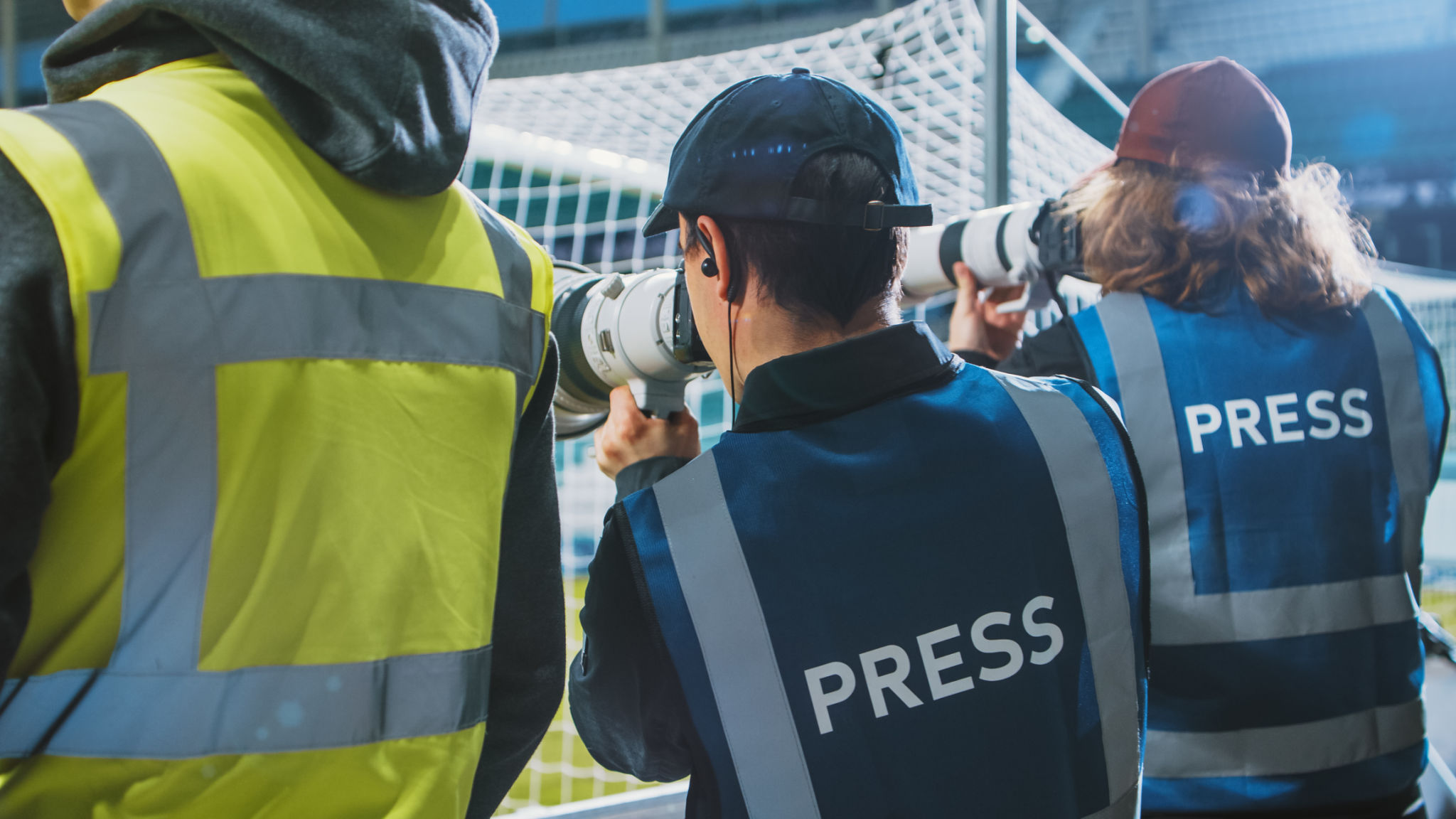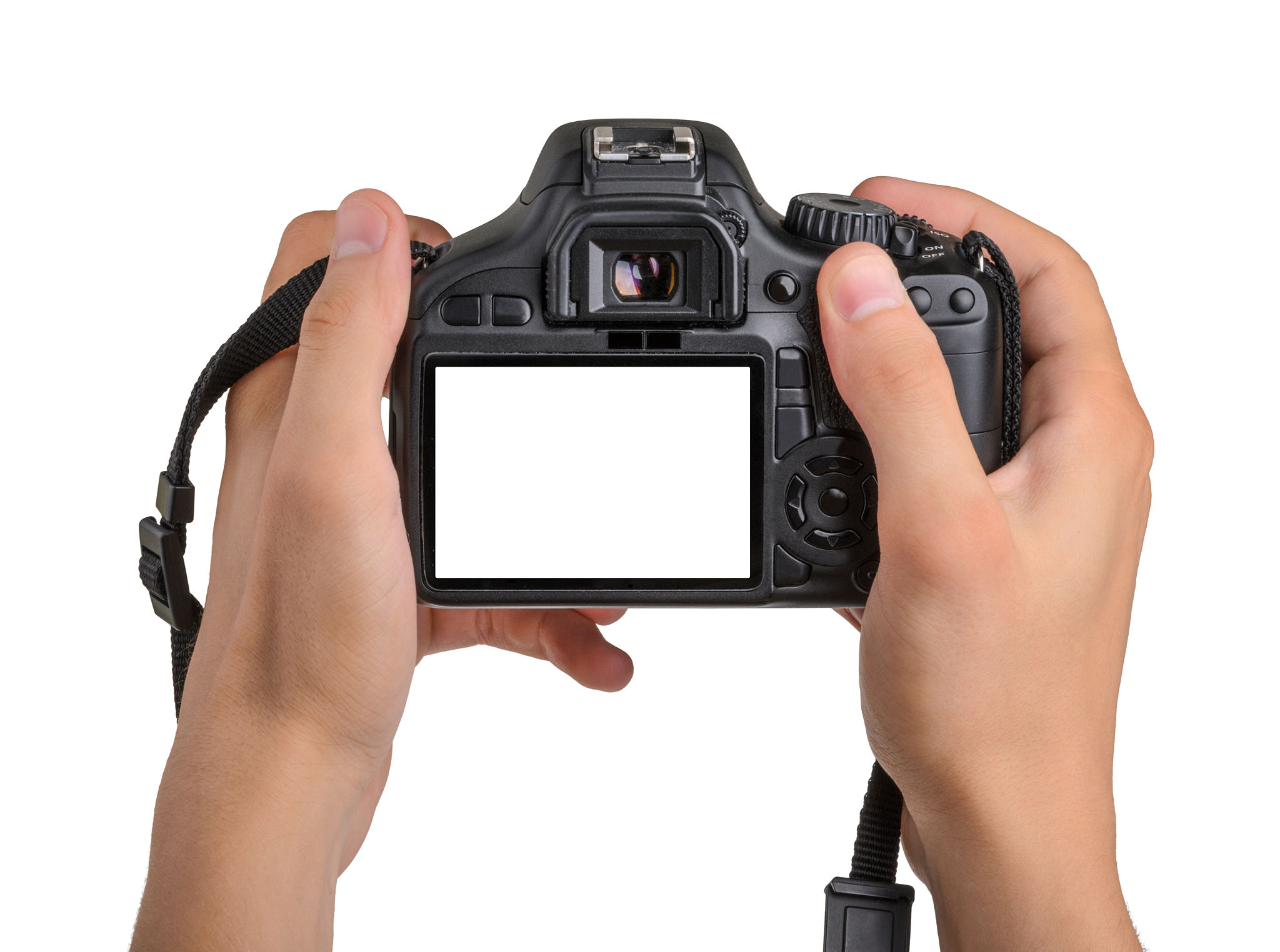The Art of Game Day Photography: Techniques for Stunning Sports Shots
Introduction to Game Day Photography
Capturing the thrill of a sporting event through photography is both an art and a science. From the electrifying atmosphere of the crowd to the intense focus of the athletes, game day photography requires skill, timing, and a keen eye for detail. This post will explore essential techniques to help you take stunning sports shots that truly convey the energy and emotion of the game.

Understanding the Game
Before you even pick up your camera, it’s crucial to have a solid understanding of the sport you’re photographing. Knowing the rules, key moments, and player movements can drastically improve your ability to anticipate and capture pivotal moments. This foresight allows you to be in the right place at the right time, increasing your chances of getting that perfect shot.
Research and Observation
Take time to research the teams and players involved in the event. This knowledge will give you insights into potential photo opportunities, such as signature moves or common play patterns. Additionally, observing previous games can provide valuable lessons on where to position yourself for optimal shots.
Mastering Your Equipment
Your camera is your most vital tool in sports photography. Familiarize yourself with its settings and capabilities to ensure you’re ready to capture high-speed action. Key camera settings to focus on include shutter speed, aperture, and ISO.
Shutter Speed and Aperture
A fast shutter speed is essential for freezing motion, especially in fast-paced sports like basketball or soccer. Aim for a shutter speed of at least 1/1000th of a second for clear, sharp images. Pair this with a wide aperture to create a shallow depth of field, which helps isolate the subject from the background.

Composition and Framing
Great sports photography is not just about capturing action; it’s also about telling a story. Composition plays a vital role in this storytelling process. Use techniques such as the rule of thirds or leading lines to add depth and interest to your photos.
Capturing Emotion
Sports are full of raw emotion, from the joy of victory to the agony of defeat. Capturing these moments can significantly enhance your storytelling. Focus on players' expressions and reactions, as well as interactions between teammates and opponents.

Editing for Impact
Post-processing is an integral part of game day photography. Editing can enhance colors, adjust lighting, and crop images for better composition, allowing your photos to truly stand out. Use editing software to fine-tune your images while maintaining their authenticity.
Maintaining Natural Aesthetics
While editing, it’s important to retain the natural look and feel of your photos. Avoid over-editing by keeping adjustments subtle and ensuring that the final image remains true to the moment you captured.
Conclusion
The art of game day photography lies in your ability to merge technical skills with creative vision. By understanding the sport, mastering your equipment, focusing on composition, and carefully editing your images, you can capture stunning sports shots that resonate with viewers. With practice and dedication, your sports photography will not only document events but also evoke the same excitement and passion felt on game day.
